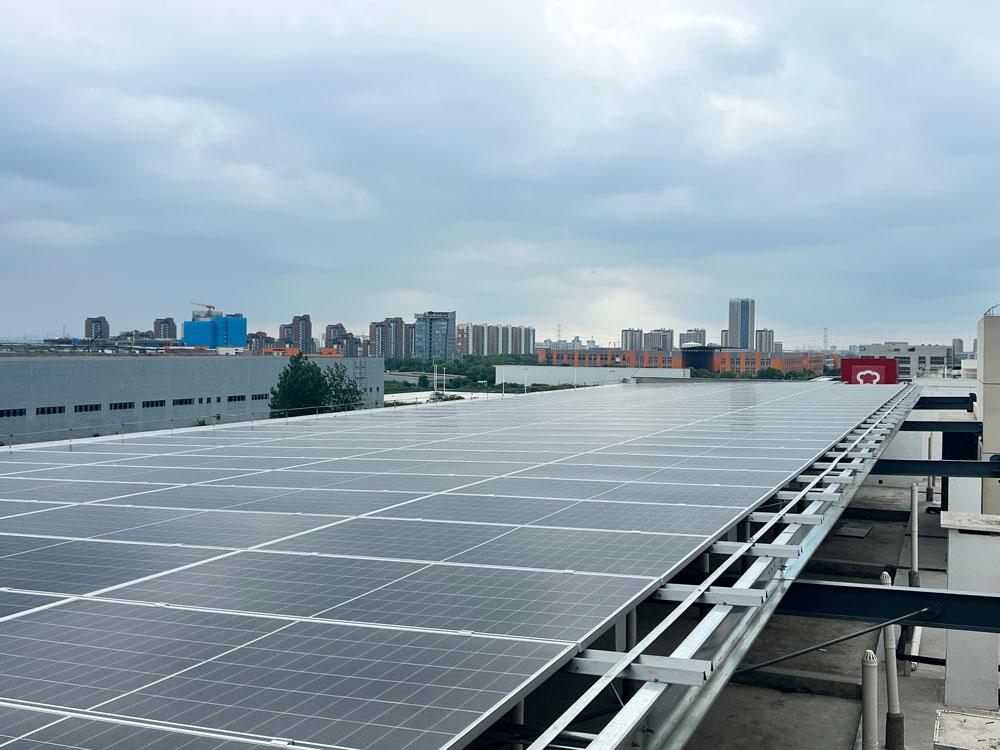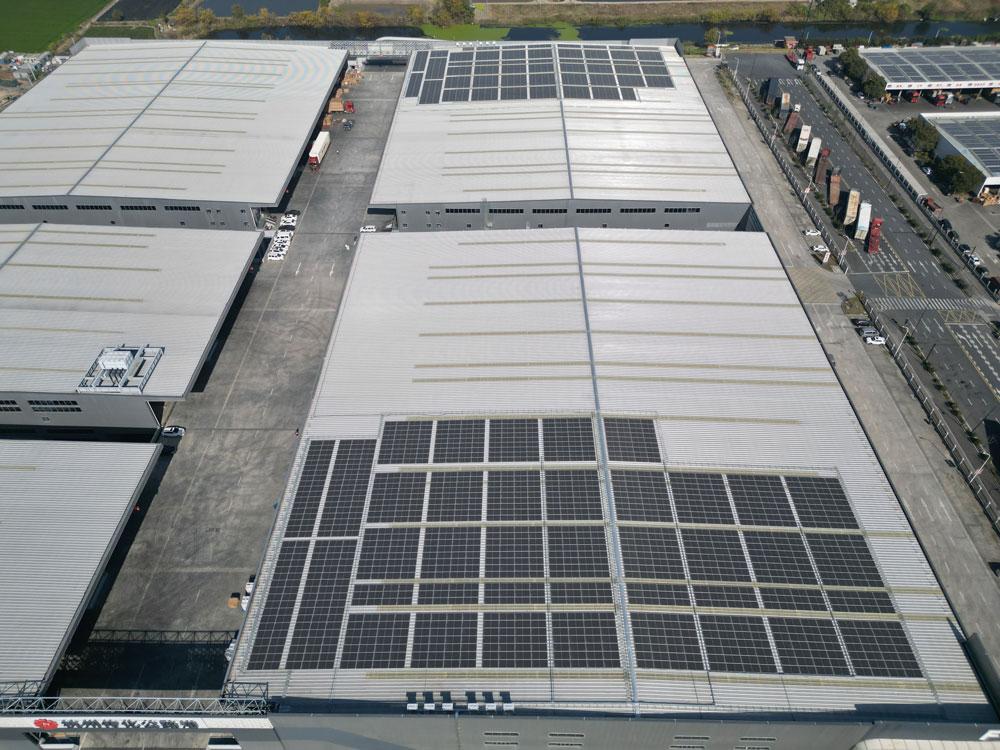How to Purchase Insurance for Solar Plants?
I. Is Insurance Necessary for Solar Power Plants?
For businesses investing in commercial and industrial solar power plants, insurance is not optional—it's essential. Key reasons include:
Safeguards ROI: Solar plants are long-term investments with operational lifespans exceeding 25 years. Insurance mitigates financial losses from equipment damage and lost revenue due to natural disasters or accidents, ensuring stable returns.
Enhances Financing: Banks and lenders typically require appropriate insurance coverage for solar projects to mitigate their risk.
Manages Emergencies: Solar plants face risks like typhoons, earthquakes, floods, and fires. Insurance provides crucial financial protection against significant losses from such events.
Builds Partner Confidence: Transferring risk through insurance strengthens trust with roof owners, grid operators, and other stakeholders, facilitating smoother project execution.

II. Who Should Purchase the Insurance?
Typically, the plant owner or operator is responsible for purchasing insurance. The responsible party can vary based on the project model:
Self-Invested Systems: The business that builds and uses the plant purchases the insurance.
Third-Party Investment: If a specialized investor builds and operates the plant, they are the policyholder. If a business only provides resources (e.g., roof space), insurance responsibilities must be clearly defined in contracts.
EPC Turnkey Projects: The EPC contractor often handles insurance during construction, while the owner/operator assumes coverage during the operational phase.

III. Types of Insurance for Solar Power Plants
Insurance should cover risks throughout the project's lifecycle. Main categories include:
1. Property Insurance
Property All Risks Insurance: Covers direct physical loss or damage to the plant from natural disasters or accidents. This fundamental policy typically includes tornadoes, lightning, floods, snowstorms, and hail.
Machinery Breakdown Insurance: Covers sudden physical damage to machinery and equipment caused by electrical or mechanical breakdown.
Business Interruption Insurance (Loss of Revenue): A critical policy covering indirect losses from operational shutdowns due to physical damage, including lost expected electricity generation and subsidies. Payouts are often based on the difference between standard and actual output.
2. Liability Insurance
Commercial General Liability (CGL) Insurance: Covers liability risks from premises, operations, products, and completed work, excluding employer's and auto liability.
Third-Party Liability Insurance: Provides coverage for legal liabilities if plant operations cause bodily injury or property damage to third parties.
3. Quality Guarantee Insurance
PV Module Quality Guarantee Insurance: Covers repair or replacement costs for PV modules due to material or manufacturing defects, often for up to 25 years. Vital for long-term performance security.
PV System Guarantee Insurance: Covers repair or replacement of other system components (e.g., inverters, combiner boxes) due to material or workmanship defects, typically for about 10 years.
4. Construction Phase Insurance
Construction All Risks (CAR) Insurance: Covers risks during the plant's construction and installation.
Delay in Startup (DSU) Insurance: Covers indirect losses from construction delays, such as increased loan interest and fixed costs.

IV. How to Purchase Insurance: A Step-by-Step Guide
Risk Assessment: Analyze the plant's location-specific natural hazards (e.g., typhoon frequency, seismic activity), equipment quality, and O&M capabilities to identify key risks.
Determine Coverage Amount: Property insurance should be based on the plant's total construction cost or replacement value. Business interruption insurance should reflect expected revenue.
Select an Insurer: Prioritize insurers with proven experience in the energy sector for specialized coverage and service.
Negotiate Policy Terms: Pay close attention to exclusions, deductibles, and coverage sub-limits. Specific limits or deductibles may apply to catastrophic perils like typhoons or earthquakes.
Submit Application: Provide necessary documentation, including technical specifications, feasibility studies, and site assessment reports.
Regular Review: Periodically reassess your insurance program to ensure it remains adequate as the plant ages or if energy storage systems are added.